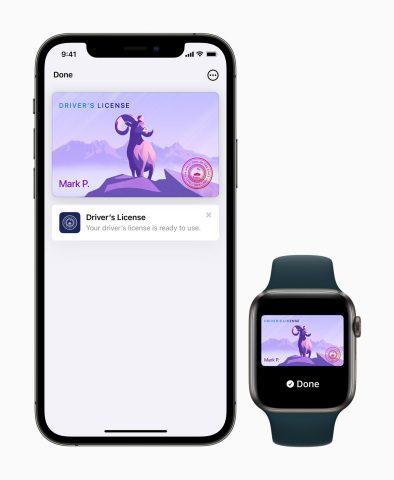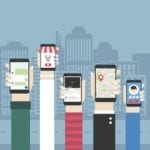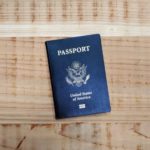
Apple has revealed a handful of states that it is working with to develop virtual, mobile driver’s licenses, and confirmed that the Transportation Security Administration will accept is mobile IDs as valid proof of identity at airports.
The states in question are Connecticut, Iowa, Kentucky, Maryland, Oklahoma, Utah, Arizona, and Georgia. Apple has not disclosed specific timelines for the states’ rollout of mobile ID support, but indicated that the latter two states will lead the charge.
Selfie-secured Virtual ID
Residents of the participating states will be able to create virtual versions of their official driver’s licenses in their iPhones’ Wallet app. Apple first announced plans for this functionality back in June, promising that it would arrive after the next iOS operating system upgrade, which is expected this autumn.
Some weeks after Apple’s announcement, Apple enthusiasts discovered code and animation files in the beta version of the forthcoming iOS 15 that suggested Apple’s mobile ID system would involve the use of biometric, selfie-based onboarding, including gesture recognition. Apple has now confirmed that speculation, explaining in its latest announcement that users will be asked to upload photos of their driver’s license (or state ID card, which can also be virtualized), and to “take a selfie”.
This is emblematic of an extremely popular approach to remote onboarding, in which facial recognition technology is used to match an end user’s selfie to the image on their official ID. But given the particularly sensitive nature of Apple’s virtual driver’s license and its use case in airport screening, Apple has gone a step further to verify end user identity.
“As an additional security step, users will also be prompted to complete a series of facial and head movements during the setup process,” the company explained.
A New Frontier in Digital ID
While the mobile ID concept is new, Apple is not the first company to blaze a trail in this space. IDEMIA has been working for years on its own Mobile ID solution, and has seen successful launches in states including Arizona, Delaware, and Oklahoma. As a premier consumer brand, Apple may be in a position to significantly popularize the concept of a mobile drivers license, boosting the profile of mobile ID solutions in general – just as it did with respect to mobile fingerprint scanning with the launch of its Touch ID system in 2013.
For the states involved, the mobile ID solutions appear to represent an opportunity to reap the benefits of ongoing digital transformation in service of the public.
“Arizona is at the leading edge of states making mobile IDs available to the public, and we are pleased to work with Apple and give Arizonans the choice, convenience, and security of adding their driver’s license to their Apple Wallet,” explained Arizona Department of Transportation Motor Vehicle Division director Eric Jorgensen; while Oklahoma state CIO Jerry Moore asserted that Apple’s “innovative project is yet another example of the momentum we are building as a state in our continued efforts to be a national leader in the digital transformation space.”
Security Screening and Data Privacy
In its announcement, Apple emphasized some of the security aspects of its mobile ID solution. User data is encrypted, and users must biometrically authenticate via Touch ID or Face ID when accessing their mobile IDs. A lost phone can be remotely locked and even erased by its registered user.
At the airport, users will be able to confirm their identities with the TSA by tapping their phone at a device Apple refers to as an “identity reader.” While users will be required to perform biometric authentication on their own device, there will be no need to actually show a mobile ID to a TSA agent. Only the data required by the TSA will be shared, helping to ensure end user privacy.
TSA processing of Apple mobile IDs will be performed at select passenger screening lanes and security checkpoints.
As for when this functionality will be available, Apple said that more information will be shared “at a later date”.
–
(Originally posted on Mobile ID World)








Follow Us